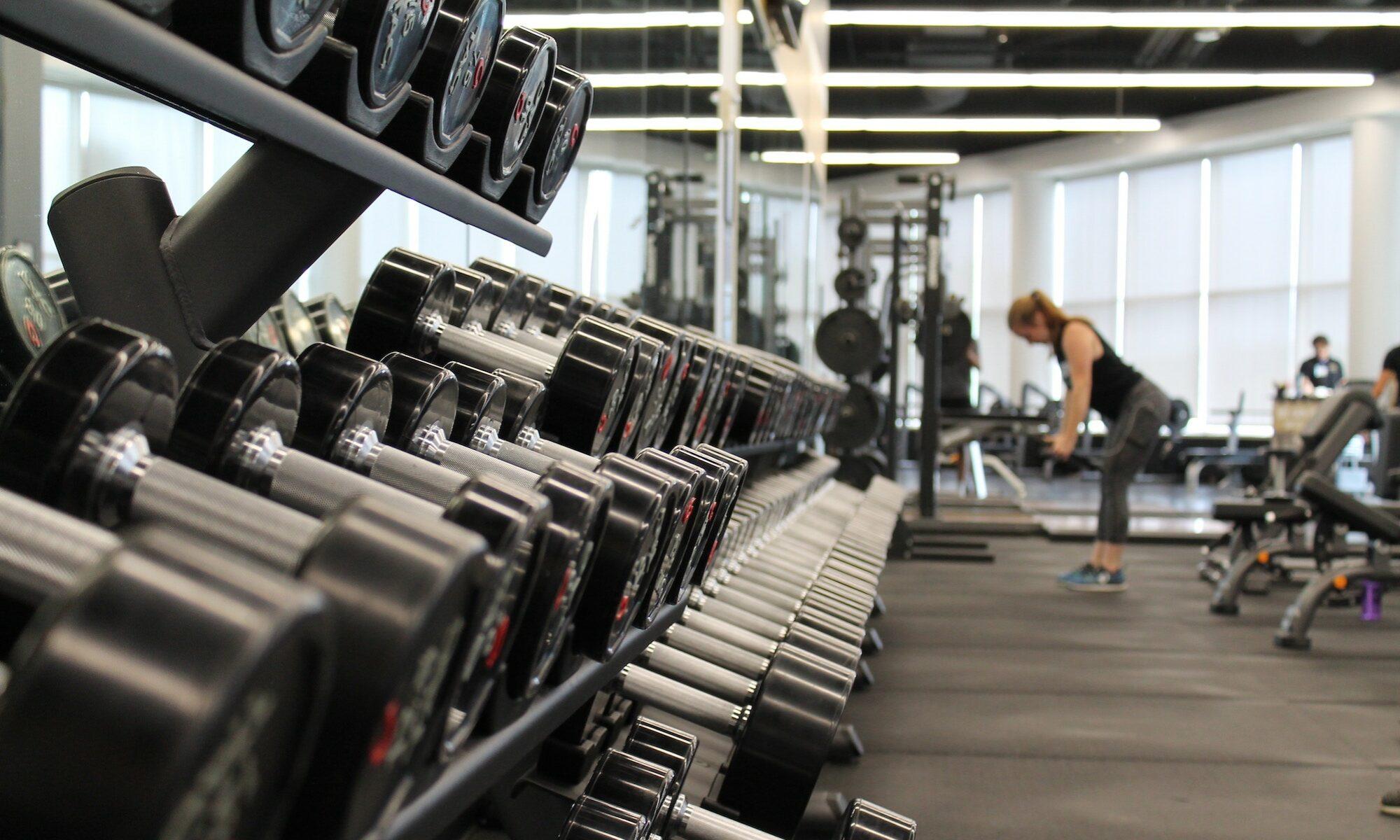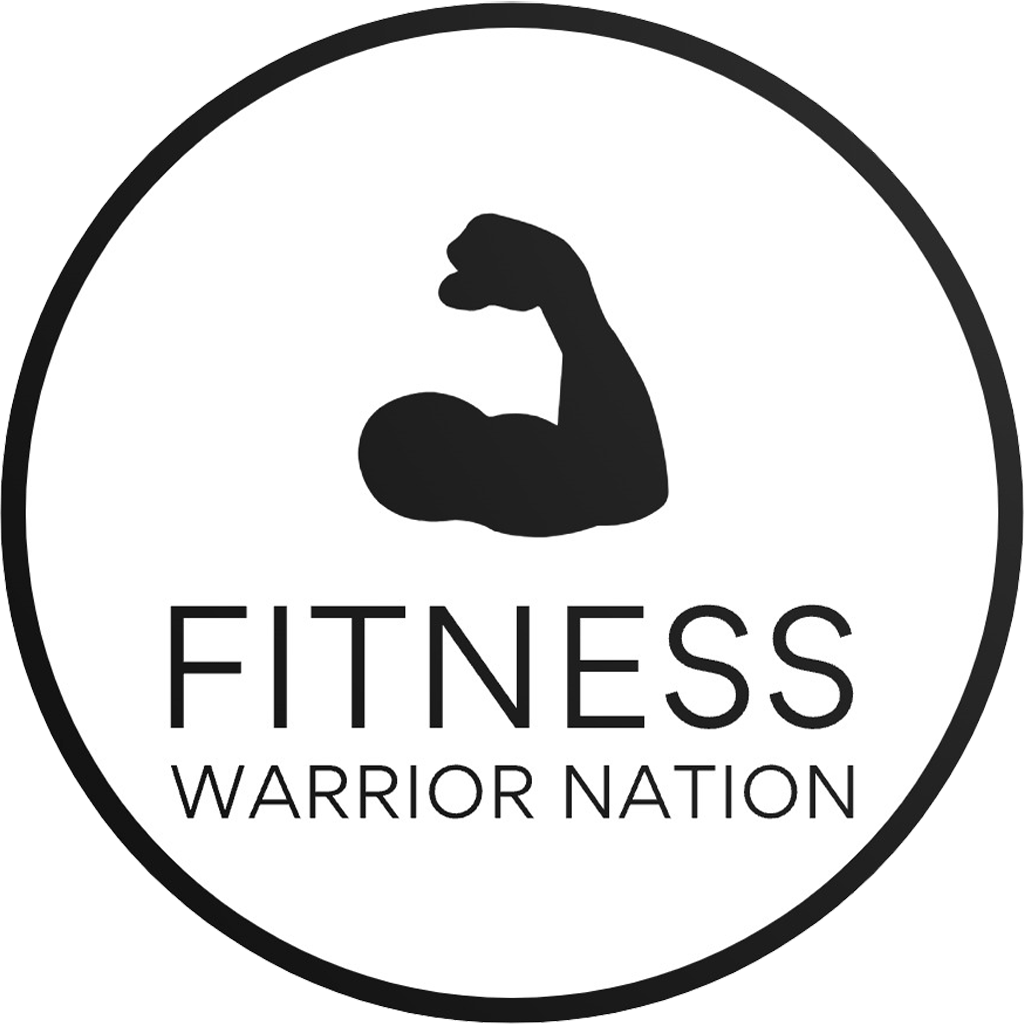Enhancing Your Fitness Journey: The Definitive Path to Building Strength and Endurance
In a world where fitness evolves rapidly, 2025 marks a pivotal year for enthusiasts committed to elevating their physical capabilities. The rise of innovative training modalities combined with technological advancements such as wearable tech from Fitbit or Strava has transformed how individuals approach muscle development and stamina enhancement. Whether you’re aiming to push your limits for athletic performance, improve daily functional movement, or achieve a balanced physique, understanding the foundational strategies for sustainable gains is essential. This comprehensive guide navigates through the nuances of strength and endurance training, integrating expert insights, cutting-edge tools, and proven methodologies to craft your ideal workout roadmap.
Why Building Strength and Endurance Is Critical for Overall Wellness in 2025
In an era where health is increasingly prioritized, the significance of developing both strength and endurance extends beyond aesthetics. A robust muscular foundation combined with cardiovascular resilience underpins optimal daily function, reduces injury risk, and enhances mental well-being. Scientific studies consistently show that balanced training alleviates chronic conditions such as metabolic syndrome and osteoporosis, which are on the rise globally. Amid advances in nutrition and recovery techniques, amalgamating strength with endurance symbolizes a holistic approach to health aligned with the demands of modern life.
| Component | Impact on Health | Relevant Technologies |
|---|---|---|
| Muscular Strength | Increases bone density, improves posture, boosts metabolic rate | Under Armour smart apparel, Peloton strength classes |
| Cardiovascular Endurance | Enhances lung capacity, accelerates recovery, supports mental clarity | Fitbit heart rate monitors, Strava hiking and running metrics |
| Combined Benefits | Supports weight management, reduces depression, elevates overall quality of life | MyFitnessPal nutrition tracking, Beachbody workout plans |
The Impact of Integrated Training on Future Fitness Trends
As we look toward 2025, the integration of strength and endurance training is expected to dominate personalized fitness plans. Companies like Nike are innovating with smart footwear that monitors biomechanical efficiency, while Adidas explores AI-driven workout customization. The synergy of wearable tech and adaptive programming fosters an environment where individual progress is continuously optimized. This evolving landscape underscores the importance of a structured, adaptable approach—focused not only on short-term results but on cultivating sustainable habits.
Stay tuned to Fitness Programer for insights into emerging trends shaping fitness in 2025 and beyond, ensuring your routines stay ahead of the curve.
Designing a Progressive Workout Strategy for Long-Term Gains
Crafting an effective plan hinges on understanding how to progressively overload your muscles and cardiovascular system. Starting with foundational exercises and gradually increasing intensity, volume, and complexity ensures continual adaptation and growth. Whether you prefer bodyweight movements, free weights, or machine-based workouts, tailoring your progression is crucial for avoiding plateaus.
- Start with low-impact, high-repetition routines to build initial endurance.
- Incorporate compound movements like squats, deadlifts, and presses that engage multiple muscle groups.
- Progressively increase weights or resistance, aligning with your evolving strength.
- Alternate between strength and cardio days to optimize recovery and prevent overtraining.
- Utilize wearable technology such as Fitbit or Strava to monitor progress and adjust workloads accordingly.
For detailed methods on planning your workout phases, consult this guide, which offers step-by-step instructions for creating sustainable routines that evolve with your fitness levels.
| Training Phase | Focus | Key Exercises | Duration |
|---|---|---|---|
| Phase 1 | Establishing Base Fitness | Bodyweight squats, lunges, push-ups, brisk walking | 2 weeks |
| Phase 2 | Increasing Resistance | Weighted squats, dumbbell presses, cycling | 4 weeks |
| Phase 3 | Peak Performance & Maintenance | Deadlifts, HIIT sessions, long-distance running | Ongoing |
Adapting Your Program to Personal Goals and Lifestyle
Flexibility remains integral to long-term success. Whether you’re training for a marathon, preparing for a strength competition, or simply enhancing everyday endurance, modifying elements like intensity, duration, and exercise selection ensures continuous relevance. Integrating apps such as Strava or MyFitnessPal enables precise tracking and accountability, bridging the gap between ambition and achievement.
Expert advice from Move To Improve emphasizes that consistent overload, coupled with proper rest and nutrition, sustains progress over years rather than weeks, establishing a lasting fitness foundation.
Optimizing Your Workout with Advanced Tools and Techniques
Incorporating modern technology and innovative methods elevates your training efficiency. Top brands like Nike and Under Armour are pioneering smart gear that adapts to your biomechanics, helping prevent injuries and maximize gains. Additionally, programs from Beachbody or Bodyboss provide guided workouts that blend strength and cardio seamlessly, suitable for all fitness levels in 2025.
| Tool/Method | Application | Benefits |
|---|---|---|
| Wearable Devices | Monitoring heart rate, activity levels, recovery stats | Personalized feedback, motivated sessions |
| High-Intensity Interval Training (HIIT) | Alternate intense bursts with recovery | Time-efficient, boosts both strength and endurance |
| Group Fitness Classes | Engagement and accountability | Enhanced motivation, social support |
| Smart Equipment | Resistance training with adaptive weights | Precise overload management, injury reduction |
| Mobile Apps | Tracking, scheduling, progress analysis | Consistency, data-driven adjustments |
Discover how these tools complement your training at Crunch Fitness and ensure a balanced approach to gains.
The Role of Proper Nutrition and Recovery
Progressing effectively also relies heavily on diet and rest. Utilizing apps like MyFitnessPal helps track your nutrient intake, ensuring adequate protein for muscle repair and carbs for energy replenishment. Meanwhile, recovery routines incorporating yoga, stretching, and sleep optimize adaptation and prevent injuries.
Research indicates that active recovery strategies, including yoga poses from this resource, enhance flexibility and reduce muscle soreness. Balancing exertion with recovery extends sustainability and keeps motivation high.
Frequently Asked Questions
- How long should I train to see meaningful improvements in strength and endurance?
- What are the best exercises for combining strength and endurance?
- How can wearable technology enhance my workout routine?
- Is it better to split strength and cardio workouts or combine them?
- What role does nutrition play in building endurance and strength?


